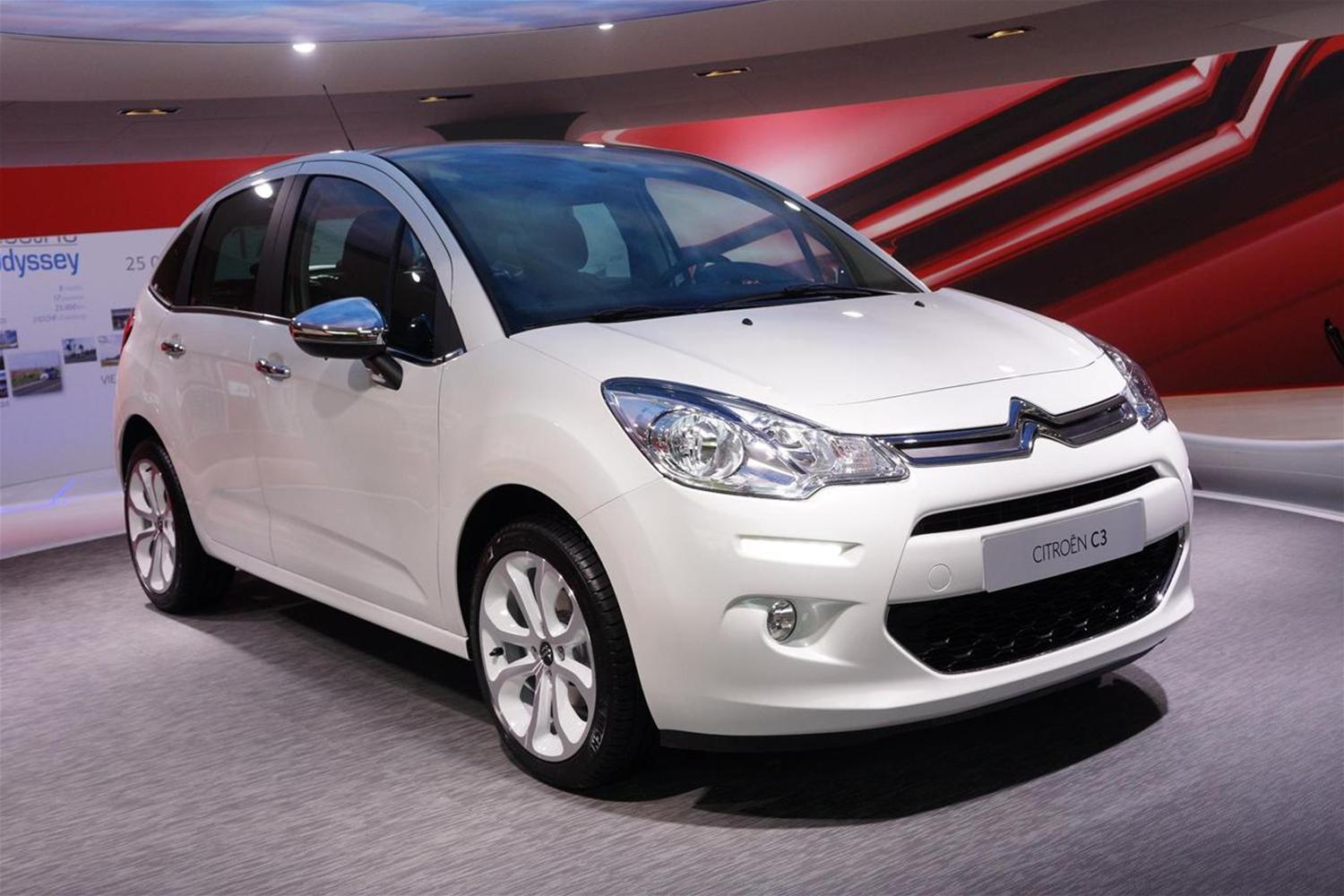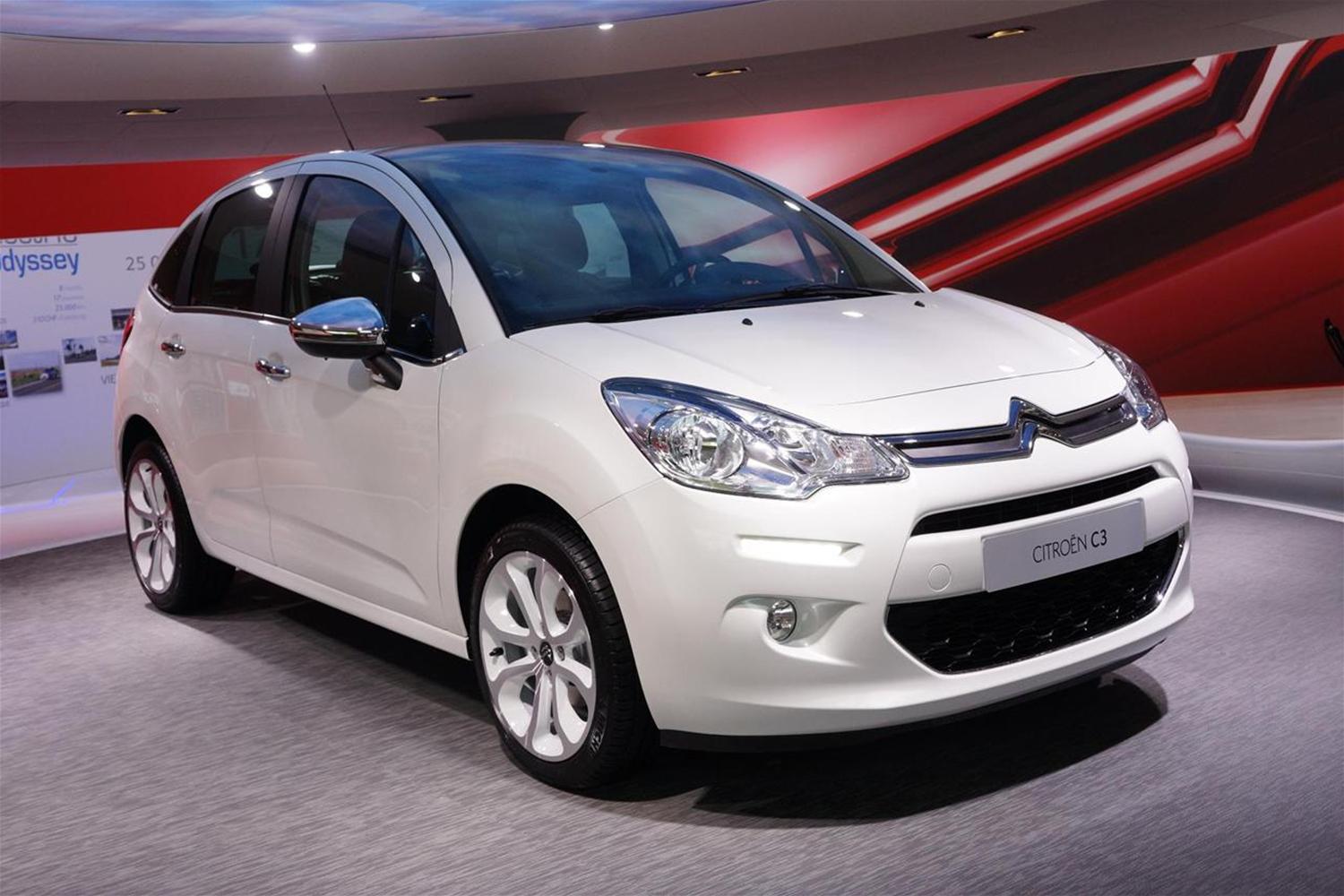
9 Car Safety Features to Look Out For
Whether you’re shopping for a used or fresh car, it’s significant to spend time making sure it’s safe. Very first off, you should take a test drive and attempt on the seat belt to make sure it fits well and is comfy. Check that head restraints, roof structures, and windshield designs don’t interfere with your capability to see clearly. And attempt to conduct your test drive in the evening so you can check the visibility provided by the headlights.
To help you better understand what to look for, click on the following links for descriptions of features:
In the event of a crash, seat belts are designed to keep you inwards the vehicle. They also reduce the risk that you will collide with the steering wheel, dashboard, or windshield. Fresh seat belt designs have the following extra features that improve seat belt spectacle:
Adjustable upper belts. An adjustable upper belt lets you switch the position of the shoulder strap to accommodate a person’s size. This feature may encourage passengers to wear their belts, since it increases shoulder belt convenience.
Seat belt pretensioner. Pretensioners retract the seat belt to eliminate excess slack, almost instantly, in a crash. However, you still need to adjust your seat belt so that it fits as snugly as possible, since pretensioners are not powerful enough to pull you back into your seat in the event of an influence.
Energy management features. Energy management features permit seat belts to “give” or yield during a severe crash to prevent compels on the shoulder belt from concentrating too much energy on your chest. These features include “blast limiters” built into the shoulder belt retractor and/or “rip stitching” in the webbing that causes the seat belt to extend little by little.
Rear center seat lap/shoulder belts. Some manufacturers provide a rear center lap/shoulder belt. This added feature is especially beneficial to older children and children in booster seats who are often seated in the rear center position.
Depending on the speed at influence and the stiffness of the object struck, front air bags inflate to prevent occupants from hitting the dashboard, steering wheel, and windshield. Side air bags reduce the risk that occupants will hit the door or objects that crash through it.
Albeit air bags provide life-saving benefits for the vast majority of people, there are situations in which air bag deployment can have adverse effects, such as when occupants are unbelted. Front air bags do not eliminate the need for seat belts and are not designed to suggest protection in rollovers, rear, or side impacts. In fact, maximum air bag effectiveness depends upon seat belts, which help keep you in place should a collision occur. You can significantly reduce the risk of injury from an air bag by buckling your seat belt and keeping about ten inches or more inbetween your breastbone and the air bag.
Children can be killed or gravely injured by an air bag, so you should always put children age twelve and under in the rear seat. You should never use a rear-facing child seat in the front seat of a vehicle tooled with a front passenger air bag unless the air bag is off.
Content proceeds below ad
Head Injury Protection
Head injury protection consists of foam or other energy absorbing material under the trim of the vehicle interior and is likely to be invisible to vehicle occupants. Some vehicles have head air bags. While all head air bags are designed to deploy in side impacts, some are also designed to deploy during rollovers. Both types of air bags are designed to help protect occupants from injuries caused when their head strikes the upper interior of a vehicle.
Head restraints are extensions of the vehicle’s seats that limit head movement during a rear-impact crash, thus, reducing the probability of neck injury. Head restraints meeting specific size and strength requirements are required in front seats, but not in rear seats. While you must adjust most head restraints by hand, some adjust automatically with switches in seat position or dynamically in a crash. In general, dynamic head restraints provide the best protection.
Antilock Brake System
An antilock brake system (Six pack) prevents a vehicle’s wheels from locking during “fright” braking, which permits the driver to maintain greater steering control – a key factor in avoiding a collision. However, an Six pack does not assure your capability to avoid a crash. Furthermore, you still may lose control when driving at excessive speeds or when using extreme steering maneuvers. Learning to use the Six pack correctly will provide you with the greatest benefit from the system.
All passenger cars tooled with Six pack have four-wheel Six pack. Sport utility vehicles, trucks, and vans tooled with Six pack can have either four-wheel or two-wheel Six pack. Four-wheel Six pack monitor and control all the wheels of the vehicle, while two-wheel Six pack only monitor and control the rear wheels of a vehicle.
Some Six pack’s also include brake assist, which senses emergency braking by detecting the speed or force at which the driver presses the brake pedal and boosts the power as needed. Under certain conditions, brake assist may reach the braking force needed to activate the Six pack more quickly and lightly compared with vehicles without brake assist, and can potentially reduce overall stopping distance by eliminating the delay caused by not braking hard enough or soon enough.
Traction control systems improve vehicle stability by controlling the amount the drive wheels can slip when you apply excess power. The system automatically adjusts the engine power output and, in some systems, applies braking force to selected wheels during acceleration. Traction control is mainly found in vehicles with four-wheel antilock brake systems.
All-wheel drive distributes power to both front and rear wheels to maximize traction. Unless combined with traction control, all-wheel drive systems do not prevent the drive wheels from slipping when you apply excess power during acceleration.
Electronic Stability Control
Electronic stability control (which is suggested under various trade names) is designed to assist drivers in maintaining control of their vehicles during extreme steering maneuvers. Electronic stability control senses when a vehicle is beginning to spin out (oversteer) or plow out (understeer), and it automatically applies the brake to a single wheel. It is intended to reduce the occurrence of crashes in which vehicles veer off the road and strike curbs, soft shoulders, guard rails and other objects that initiate rollovers. However, it can’t keep a vehicle on the road if its speed is simply too good for the curve and the available traction.
Crash data showcase that strong vehicles suggest more protection than light vehicles with the same safety equipment, particularly in two-vehicle crashes.
9 Car Safety Features to Look Out For, Reader – s Digest
9 Car Safety Features to Look Out For
Whether you’re shopping for a used or fresh car, it’s significant to spend time making sure it’s safe. Very first off, you should take a test drive and attempt on the seat belt to make sure it fits well and is comfy. Check that head restraints, roof structures, and windshield designs don’t interfere with your capability to see clearly. And attempt to conduct your test drive in the evening so you can check the visibility provided by the headlights.
To help you better understand what to look for, click on the following links for descriptions of features:
In the event of a crash, seat belts are designed to keep you inwards the vehicle. They also reduce the risk that you will collide with the steering wheel, dashboard, or windshield. Fresh seat belt designs have the following extra features that improve seat belt spectacle:
Adjustable upper belts. An adjustable upper belt lets you switch the position of the shoulder strap to accommodate a person’s size. This feature may encourage passengers to wear their belts, since it increases shoulder belt convenience.
Seat belt pretensioner. Pretensioners retract the seat belt to liquidate excess slack, almost instantly, in a crash. However, you still need to adjust your seat belt so that it fits as snugly as possible, since pretensioners are not powerful enough to pull you back into your seat in the event of an influence.
Energy management features. Energy management features permit seat belts to “give” or yield during a severe crash to prevent compels on the shoulder belt from concentrating too much energy on your chest. These features include “blast limiters” built into the shoulder belt retractor and/or “rip stitching” in the webbing that causes the seat belt to extend step by step.
Rear center seat lap/shoulder belts. Some manufacturers provide a rear center lap/shoulder belt. This added feature is especially beneficial to older children and children in booster seats who are often seated in the rear center position.
Depending on the speed at influence and the stiffness of the object struck, front air bags inflate to prevent occupants from hitting the dashboard, steering wheel, and windshield. Side air bags reduce the risk that occupants will hit the door or objects that crash through it.
Albeit air bags provide life-saving benefits for the vast majority of people, there are situations in which air bag deployment can have adverse effects, such as when occupants are unbelted. Front air bags do not eliminate the need for seat belts and are not designed to suggest protection in rollovers, rear, or side impacts. In fact, maximum air bag effectiveness depends upon seat belts, which help keep you in place should a collision occur. You can significantly reduce the risk of injury from an air bag by buckling your seat belt and keeping about ten inches or more inbetween your breastbone and the air bag.
Children can be killed or gravely injured by an air bag, so you should always put children age twelve and under in the rear seat. You should never use a rear-facing child seat in the front seat of a vehicle tooled with a front passenger air bag unless the air bag is off.
Content proceeds below ad
Head Injury Protection
Head injury protection consists of foam or other energy absorbing material under the trim of the vehicle interior and is likely to be invisible to vehicle occupants. Some vehicles have head air bags. While all head air bags are designed to deploy in side impacts, some are also designed to deploy during rollovers. Both types of air bags are designed to help protect occupants from injuries caused when their head strikes the upper interior of a vehicle.
Head restraints are extensions of the vehicle’s seats that limit head movement during a rear-impact crash, thus, reducing the probability of neck injury. Head restraints meeting specific size and strength requirements are required in front seats, but not in rear seats. While you must adjust most head restraints by hand, some adjust automatically with switches in seat position or dynamically in a crash. In general, dynamic head restraints provide the best protection.
Antilock Brake System
An antilock brake system (Six pack) prevents a vehicle’s wheels from locking during “fright” braking, which permits the driver to maintain greater steering control – a key factor in avoiding a collision. However, an Six pack does not ensure your capability to avoid a crash. Furthermore, you still may lose control when driving at excessive speeds or when using extreme steering maneuvers. Learning to use the Six pack correctly will provide you with the greatest benefit from the system.
All passenger cars tooled with Six pack have four-wheel Six pack. Sport utility vehicles, trucks, and vans tooled with Six pack can have either four-wheel or two-wheel Six pack. Four-wheel Six pack monitor and control all the wheels of the vehicle, while two-wheel Six pack only monitor and control the rear wheels of a vehicle.
Some Six pack’s also include brake assist, which senses emergency braking by detecting the speed or force at which the driver presses the brake pedal and boosts the power as needed. Under certain conditions, brake assist may reach the braking force needed to activate the Six pack more quickly and lightly compared with vehicles without brake assist, and can potentially reduce overall stopping distance by eliminating the delay caused by not braking hard enough or soon enough.
Traction control systems improve vehicle stability by controlling the amount the drive wheels can slip when you apply excess power. The system automatically adjusts the engine power output and, in some systems, applies braking force to selected wheels during acceleration. Traction control is mainly found in vehicles with four-wheel antilock brake systems.
All-wheel drive distributes power to both front and rear wheels to maximize traction. Unless combined with traction control, all-wheel drive systems do not prevent the drive wheels from slipping when you apply excess power during acceleration.
Electronic Stability Control
Electronic stability control (which is suggested under various trade names) is designed to assist drivers in maintaining control of their vehicles during extreme steering maneuvers. Electronic stability control senses when a vehicle is embarking to spin out (oversteer) or plow out (understeer), and it automatically applies the brake to a single wheel. It is intended to reduce the occurrence of crashes in which vehicles veer off the road and strike curbs, soft shoulders, guard rails and other objects that initiate rollovers. However, it can’t keep a vehicle on the road if its speed is simply too superb for the curve and the available traction.
Crash data demonstrate that strenuous vehicles suggest more protection than light vehicles with the same safety equipment, particularly in two-vehicle crashes.

